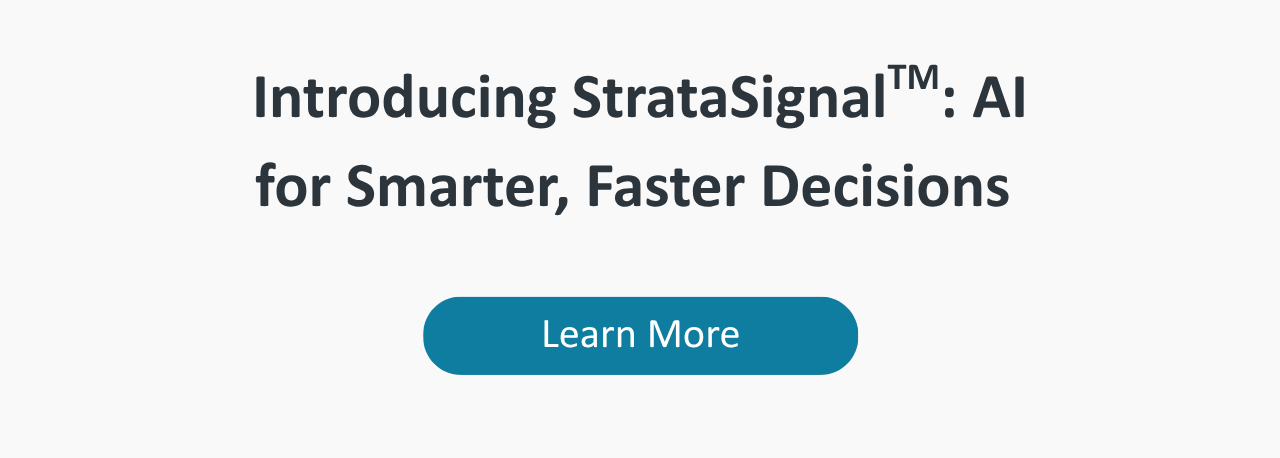Provider Advisory Council Meeting June 2022
The goal of Syntellis’ Provider Advisory Council (PAC) meetings is sharing knowledge across similar organizations and enhancing innovation, usability, and functionality of Axiom products. Join senior members of the Healthcare Product team, John Shewell, Ron Iller, and Brian Farber, on Tuesday, June 7 from 1-2:30 p.m. ET to:
- Review upcoming releases for the Axiom Healthcare Suite
- Discuss industry topics and gather input on future innovation plans
- Share, review, and vote on enhancement ideas from customers
Realizing ROI on Data Governance and Analytics in Healthcare
4 Tips to Reduce Operational Costs in Healthcare
Across the healthcare industry, the early months of 2022 brought widespread staffing shortages, inflation, and relentless cyber threats — all compounded by the pressures of the ongoing pandemic. Together, these challenges continue to drive unexpected costs for healthcare executives.
Syntellis Performance Solutions Honored with Five Stevie® Awards in 2022
CHICAGO – May 3, 2022 – For the second consecutive year, Syntellis Performance Solutions was named the winner of several Stevie® Awards across organization and technology categories in the 20th Annual American Business Awards®. The company earned a total of five awards, including two silver awards for Axiom EPM Suite in the Cloud Application/Service category and Axiom Comparative Analytics Powered by Syntellis IQ in the Big Data Solution category. Additionally, Syntellis received three bronze awards:
How to Structure Data Governance in Healthcare
How Lehigh Valley Health Network Improves Productivity & Data Integrity
Axiom Healthcare Suite: 2022.1 Release Highlights Webinar
A new product and extensive retooling of existing solutions to improve usability
We continue to enhance and refine the Axiom Healthcare Suite with updates to AxiomTM Enterprise Decision Support, AxiomTM Contract Management, and AxiomTM Treasury Cash Management. Plus, the new AxiomTM Service Line Planning pulls encounter data into your budgeting process to improve accuracy.
Join us to preview new analytics features that help you:

